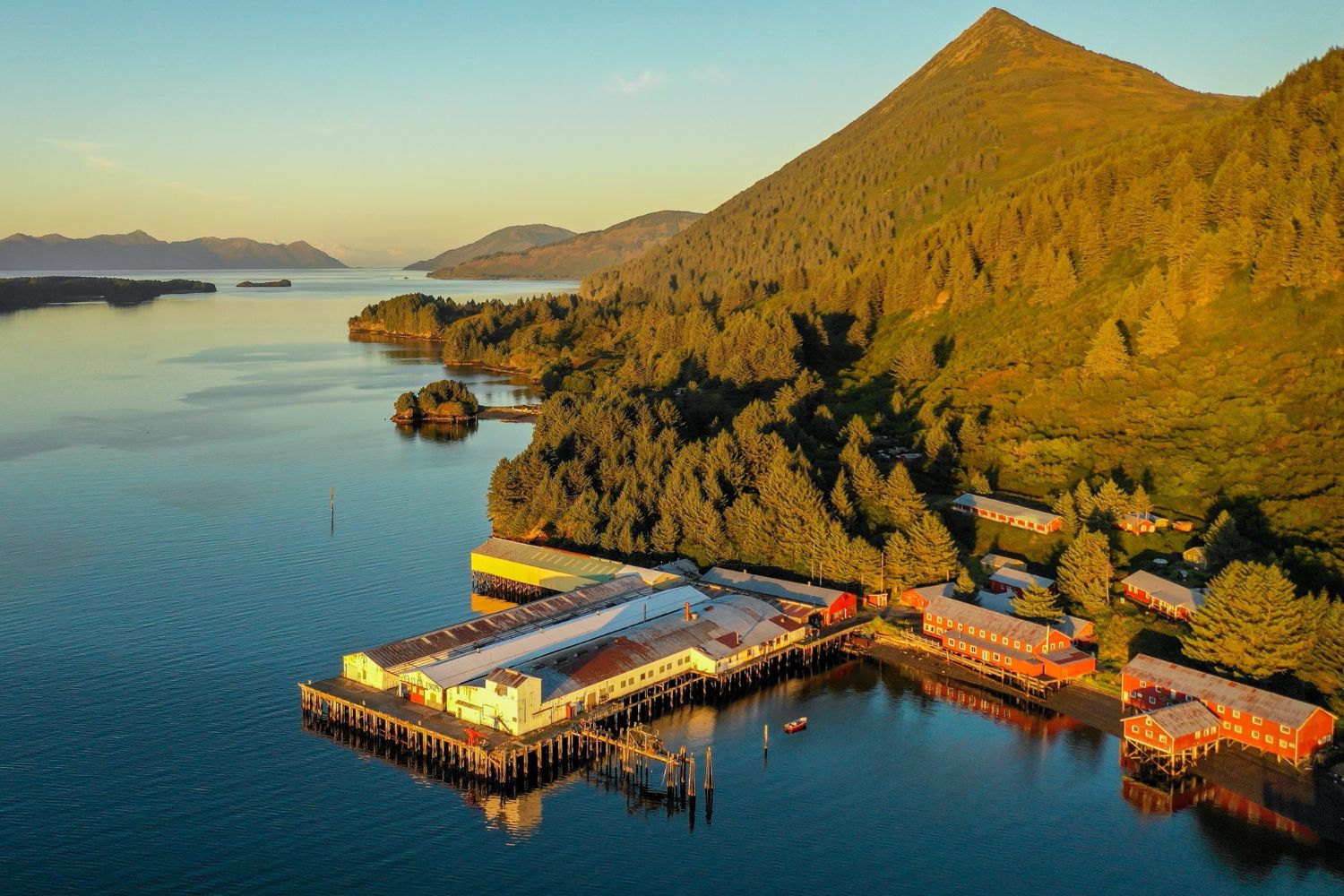Hidden Salmon Canneries Of Alaska

Have you ever wondered about the hidden gems of Alaska? One such gem is the hidden salmon canneries of Alaska. These canneries have a rich history, dating back to the late 1800s. They played a crucial role in the local economy and culture. Imagine the bustling activity as workers processed thousands of pounds of salmon daily. Today, many of these canneries stand as silent witnesses to a bygone era. Visiting them offers a unique glimpse into Alaska's past. Whether you're a history buff or just curious, exploring these canneries can be a fascinating adventure.
Hidden Salmon Canneries of Alaska
Alaska, known for its rugged beauty and abundant wildlife, also hides a rich history of salmon canneries. These canneries, often tucked away in remote locations, played a crucial role in the state's economy and culture. Let's dive into some of these hidden gems.
Historic Canneries Worth Visiting
Exploring these historic canneries offers a glimpse into Alaska's past and the salmon industry's evolution. Here are some must-visit spots:
Kake Cannery
- Located on Kupreanof Island, Kake Cannery is a National Historic Landmark. Established in the early 20th century, it showcases the traditional methods of salmon processing. The cannery buildings, though weathered, tell stories of the bustling industry that once thrived here.
Petersburg Cannery
- Known as "Little Norway," Petersburg houses one of Alaska's oldest canneries. Founded by Norwegian settlers, this cannery reflects the blend of Scandinavian and Alaskan cultures. The town's annual Little Norway Festival celebrates this unique heritage.
Excursion Inlet Cannery
- Nestled in a remote bay, Excursion Inlet Cannery remains operational, providing a rare opportunity to see a working cannery in action. Established during World War II, it has adapted over the decades while preserving its historical charm.
Abandoned Canneries with Stories to Tell
Some canneries have been abandoned, leaving behind eerie yet fascinating remnants of the past. These sites offer a hauntingly beautiful experience.
Nakat Inlet Cannery
- Once a thriving hub, Nakat Inlet Cannery now stands silent. The decaying structures and rusting machinery evoke a sense of nostalgia. It's a perfect spot for history buffs and photographers seeking unique shots.
Kasaan Cannery
- Located on Prince of Wales Island, Kasaan Cannery was once a bustling center for salmon processing. Today, only ruins remain, but the site offers a peaceful retreat with stunning views of the surrounding wilderness.
Canneries Turned Museums
Some former canneries have been transformed into museums, preserving their history for future generations. These museums provide an educational and immersive experience.
Sitka Sound Science Center
- Housed in a former cannery, the Sitka Sound Science Center combines history with marine research. Visitors can learn about the salmon industry while exploring interactive exhibits and aquariums.
Kodiak Fisheries Research Center
- This center, located in a repurposed cannery, focuses on the science of fisheries and marine ecosystems. It offers guided tours, educational programs, and a chance to see ongoing research projects.
Remote Canneries Accessible by Boat
Some of Alaska's hidden canneries are so remote that they can only be reached by boat. These journeys offer adventure and breathtaking scenery.
Chignik Cannery
- Accessible only by sea or air, Chignik Cannery sits on the Alaska Peninsula. The journey to this remote location is an adventure in itself, with stunning coastal views and wildlife sightings along the way.
Uganik Cannery
- Located on Kodiak Island, Uganik Cannery can be reached by boat. The site offers a glimpse into the past with its well-preserved buildings and equipment. The surrounding area is also a haven for outdoor enthusiasts.
Canneries with Unique Architecture
Some canneries stand out for their unique architectural features, reflecting the ingenuity of their builders.
Taku Harbor Cannery
- Taku Harbor Cannery, near Juneau, boasts distinctive wooden structures built on stilts over the water. This design allowed for easy loading and unloading of fish. The picturesque setting adds to its charm.
Kenai Cannery
- The Kenai Cannery features a blend of traditional and modern architecture. Its unique design includes large windows offering panoramic views of the Kenai River, making it a popular spot for visitors.
Canneries with Cultural Significance
These canneries hold cultural importance, reflecting the diverse communities that contributed to Alaska's salmon industry.
Metlakatla Cannery
- Located in the only Native reserve in Alaska, Metlakatla Cannery highlights the contributions of the Tsimshian people. The site includes cultural exhibits and traditional crafts, offering a rich cultural experience.
Cordova Cannery
- Cordova Cannery, in the heart of Prince William Sound, showcases the town's multicultural heritage. The annual Copper River Salmon Jam celebrates this history with music, food, and community events.
Discovering Alaska's Hidden Salmon Canneries
Exploring Alaska's hidden salmon canneries offers a unique glimpse into the state's rich history and culture. These canneries, often tucked away in remote locations, tell stories of hard work, community, and the vital role of the fishing industry. Visiting these sites, you can see the old machinery, learn about the canning process, and appreciate the rugged beauty of Alaska's coastline.
Whether you're a history buff, a nature lover, or just curious about where your food comes from, these canneries provide a fascinating experience. They remind us of the importance of preserving our heritage and the incredible journey of salmon from the wild waters of Alaska to our tables.
Plan your trip to Alaska and include a visit to these hidden gems. You'll leave with a deeper understanding of the state's past and a newfound appreciation for its natural resources.

